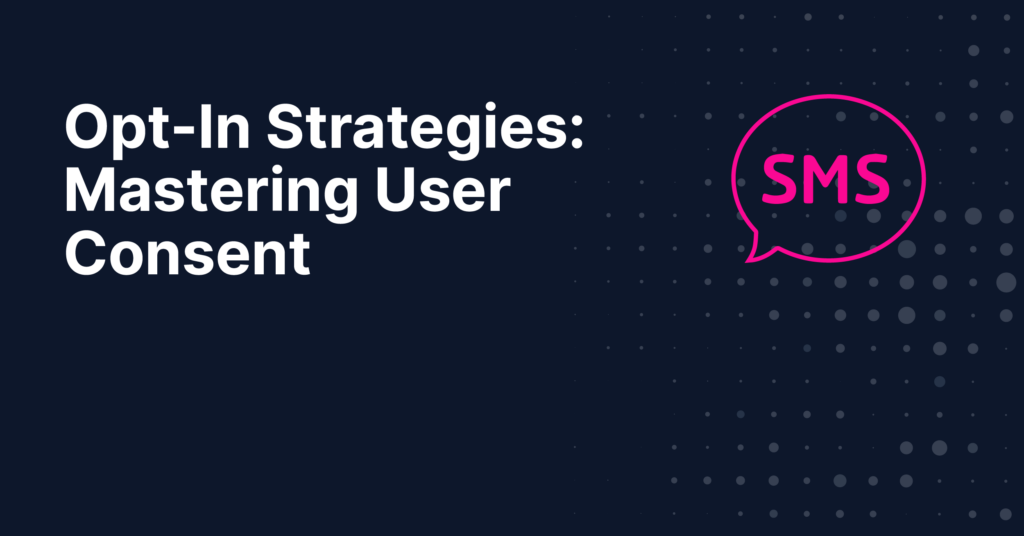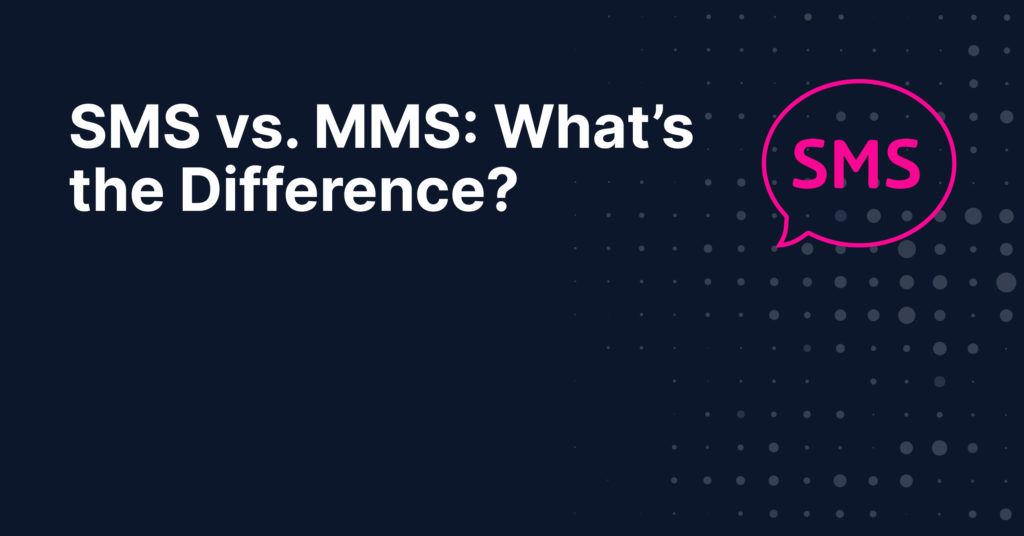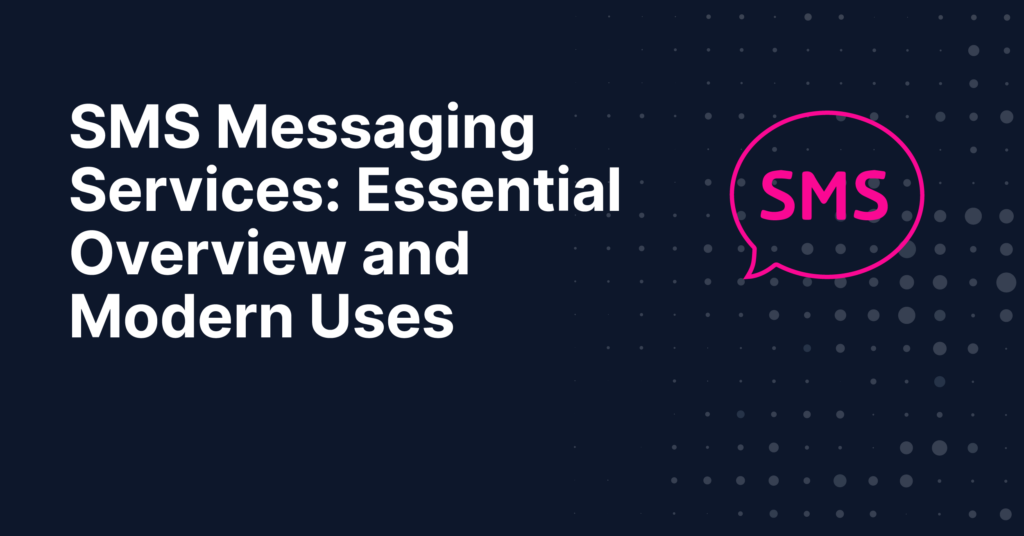Opt-in strategies are fundamental to building trust and ensuring compliance in digital communication. This article delves into the significance of obtaining user consent through opt-in methods, highlighting best practices for digital marketers and communicators. You will gain insights into crafting effective opt-in strategies that not only respect user preferences but also enhance engagement and loyalty. Discover the legal implications, the benefits of clear communication, and tips for optimizing opt-in processes to maximize user participation.
1. What is Opt-In?
Opt-in refers to a permission-based practice where users explicitly agree to receive digital marketing communications, such as newsletters, promotional emails, or text messages. This consent-based approach contrasts with opt-out strategies, where users are automatically enrolled to receive communications but are given the option to unsubscribe. Opt-in ensures that communications are sent only to those who have shown genuine interest, fostering a more engaged and responsive audience.
Understanding the distinction between opt-in and opt-out is crucial for businesses aiming to build trust, maintain customer relationships, and comply with data protection regulations.
2. Differences between opt-in and opt-out strategies
The following table highlights key differences in how each strategy handles user consent, engagement, compliance with laws, user experience, and the unsubscription process.
| Aspect | Opt-In | Opt-Out |
| User Consent | Explicit consent required before sending communications. | Communications sent by default; users must actively unsubscribe. |
| Engagement Level | Higher, as users have shown active interest. | Lower, as users may not have shown active interest. |
| Legal Compliance | Often required by data protection laws (e.g., GDPR, CAN-SPAM Act). | May be permissible under some laws but still requires an easy unsubscription mechanism. |
| User Experience | Positive, as users receive only desired communications. | Potentially negative, as users may receive unsolicited communications. |
| Unsubscription Process | Users can opt-out anytime, but the initial action is to opt-in. | Users must take action to stop receiving communications. |
3. The Legal Framework for Opt-In Consent
Understanding the legal framework for opt-in consent is crucial for businesses engaging in digital marketing and communication. Regulations like the General Data Protection Regulation (GDPR) in the European Union and the Controlling the Assault of Non-Solicited Pornography and Marketing (CAN-SPAM) Act in the United States set strict guidelines on how businesses must obtain, manage, and honor user consent. These laws emphasize the need for clear, affirmative action from users before receiving marketing communications, ensuring they have control over their personal data.
For businesses, compliance with these regulations is not optional but a mandatory aspect of operating in the digital space. Failure to adhere can result in hefty fines and damage to reputation. As a result, understanding and implementing robust opt-in strategies becomes a key element of digital marketing strategies, ensuring that communications are both effective and lawful. These regulations also encourage transparency and trust between businesses and consumers, fostering a more respectful and engaging digital ecosystem.
4. Benefits of Opt-In Strategies
Opt-in strategies offer significant benefits to both businesses and consumers, creating a foundation of trust and engagement in digital communication.
-
For businesses, opting in:
- Enhances Engagement: Consumers who actively choose to receive communications are more likely to engage with the content, increasing open rates, click-through rates, and overall engagement.
- Improves Targeting: Opt-in data allows for more accurate targeting and personalization, ensuring that marketing efforts reach those most interested in the services or products offered.
- Reduces Spam Reports: By respecting user consent, businesses minimize the risk of being marked as spam, maintaining their sender reputation and email deliverability rates.
- Aligns with Legal Compliance: Adhering to opt-in regulations avoids legal penalties and builds a positive brand image, demonstrating commitment to user privacy and data protection.
-
For consumers, opting in means:
- Control Over Communications: Users have the power to choose which businesses can contact them, reducing unwanted emails and messages.
- Personalized Experiences: Opting in often results in receiving more relevant and tailored content, enhancing the overall customer experience.
- Increased Trust: Companies that follow opt-in practices are viewed as more trustworthy, as they show respect for user privacy and preferences.
Overall, opt-in strategies foster a healthier digital marketing ecosystem, benefiting both businesses and their audiences by prioritizing consent and relevance in all communications.
5. Best Practices for Implementing Opt-In Strategies
Implementing effective opt-in strategies requires careful consideration and strategic planning. Here are some best practices to ensure your opt-in processes are both efficient and user-friendly:
-
- Clear Communication: Clearly explain what users are opting into. Ensure the benefits and frequency of communications are transparent.
- Easy Opt-In Process: Make the process of opting in as simple as possible. A complicated process can deter potential subscribers.
- Use Double Opt-In: This involves sending a confirmation email after the initial opt-in. It verifies the user’s intent and improves the quality of your contact list.
- Provide Value: Offer an incentive for opting in, such as a discount, free content, or early access to new products. This encourages more sign-ups.
- Respect User Preferences: Allow users to customize their communication preferences regarding topics and frequency. This enhances user satisfaction.
- Maintain Privacy: Assure users that their data will be protected and not shared without consent. Privacy assurances can increase trust and opt-in rates.
- Easy Opt-Out Process: Ensure users can easily unsubscribe or opt-out from communications. This builds trust and complies with legal requirements.
- Regularly Clean Your Lists: Remove unengaged subscribers to maintain a high-quality list, improving engagement rates and sender reputation.
By following these guidelines, businesses can design opt-in strategies that respect user preferences and comply with legal standards, leading to more engaged and loyal customers.
6. Opt-In Strategies and Digital Marketing Success
Integrating opt-in consents into your digital marketing and communication plans is crucial for building a strong, engaged subscriber base and ensuring compliance with regulations. Here are strategies to seamlessly incorporate opt-in practices into your marketing efforts:
-
- Seamless Integration on All Platforms: Ensure opt-in forms are easily accessible across all digital platforms, including websites, social media, and mobile apps. This maximizes exposure and opportunities for consent collection.
- Content Marketing Synergy: Use content marketing to drive opt-in sign-ups. Offer valuable content like eBooks, webinars, or exclusive articles as part of the opt-in process.
- Personalization: Utilize data collected from opt-in forms to personalize marketing messages. Personalization enhances user engagement and increases the effectiveness of your campaigns.
- Segmentation: Segment your audience based on the information provided during the opt-in process. Tailored messaging to different segments increases relevance and response rates.
- Engagement Tracking: Monitor engagement levels of opted-in users to refine and adjust your strategies. High engagement rates indicate successful opt-in integration, while low engagement may require strategy adjustments.
- Compliance First: Align your opt-in strategies with legal requirements, such as GDPR or CAN-SPAM Act, to build trust and maintain a positive brand reputation.
- Feedback Loops: Encourage feedback from your audience about their communication preferences and adjust your opt-in strategies accordingly. This keeps your audience engaged and satisfied with the content they receive.
By focusing on these strategies, businesses can enhance their digital marketing success, fostering stronger relationships with their audience while ensuring compliance and respect for user consent.
7. Conclusion
In conclusion, navigating user consent through effective opt-in strategies is pivotal for the success of digital communication. Opt-in processes not only ensure compliance with stringent data protection laws but also foster trust between businesses and consumers. By prioritizing transparent consent mechanisms, organizations can build a foundation of respect and integrity, essential for long-term customer relationships.
Effective opt-in strategies enhance engagement, improve the quality of customer data, and align marketing efforts with consumer preferences. They represent a commitment to ethical practices and customer-centric values in the digital age. As we move forward, the significance of mastering opt-in strategies will only grow, underscoring their role as a cornerstone of successful digital marketing and communication. Embracing these practices is not just a legal obligation but a strategic advantage that can set businesses apart in a crowded digital landscape.
8. FAQs about Opt-In
-
What does opt-in do?
Opt-in grants explicit permission from individuals for businesses to send them digital communications, such as emails or SMS. It’s a key practice in digital marketing that ensures users willingly receive messages, aligning with user consent and privacy standards. This strategy not only complies with legal regulations like GDPR but also enhances customer trust and engagement by respecting user preferences.
-
How do you use opt-in?
To use opt-in effectively, businesses should clearly present options for users to subscribe to communications, typically through signup forms on websites or during account creation processes. It involves offering clear information about the type of content subscribers will receive and ensuring a straightforward method for users to give their consent, often accompanied by a confirmation step (double opt-in) to verify their email or phone number. This approach ensures transparency and builds trust by putting users in control of their communication preferences.
-
what is opt-out and opt-in?
Opt-out and opt-in are two contrasting methods of user consent in digital communication. Opt-out assumes user consent by default, allowing individuals to unsubscribe or decline communications. In contrast, opt-in requires users to actively express their consent to receive messages or subscribe to services before any communications are sent. This distinction emphasizes user control, with opt-in being the more user-centric approach, often leading to higher engagement and satisfaction by respecting user preferences.
-
Why is opt-in important?
Opt-in is crucial because it ensures that digital communication is consensual, enhancing user trust and engagement. By obtaining explicit permission before sending messages, businesses respect user preferences, reduce spam, and comply with regulations like GDPR. This approach leads to higher quality interactions, as recipients are more likely to be interested in the content, improving the effectiveness of marketing campaigns and customer relations. Opt-in strategies also protect businesses from legal and reputational risks associated with unsolicited communications.



